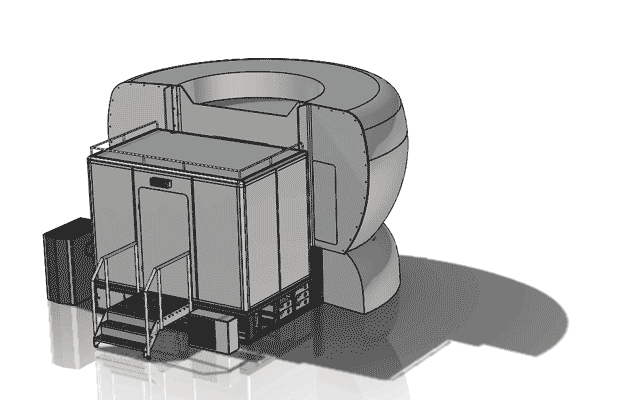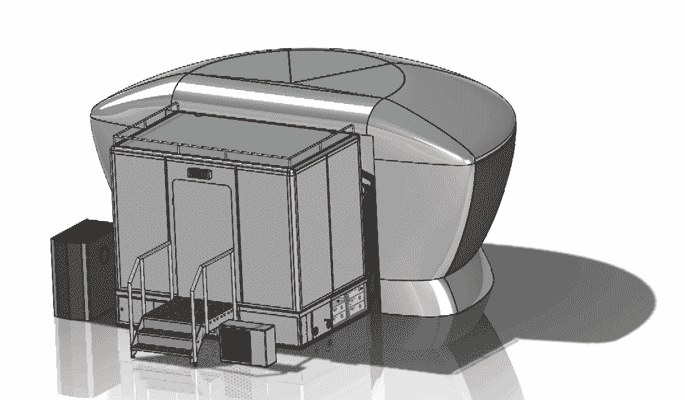As you might know, I have been personally involved with drafting new proposals for a different way of looking at training and devices via the “Task-to-Tool” approach I’ve written about in earlier blogs.
At MPS, we didn’t stop there. Our team has written an extensive White Paper titled “NPA 2020-15: Opportunities for high-fidelity FTDs in type specific flight crew training” on this subject. The paper identifies global trends, restrictions, regulations, and opportunities. It also provides you with the background on what the current requirements are, where we are headed and why that is important to you.
In the next couple of weeks, we will post several blogs to our MPS blog page and presentations to our LinkedIn page regarding the overall impact of these changes to regulation via technical reviews, a commercial analysis and a value-proposition MPS can offer you.
Our team at MPS is always thinking ahead. With this paper we would like to take operators, training organizations and regulators of the aviation world on the journey into the future with us.
Below is the foreword of the paper:
Aviation regulations have undergone continuous changes over recent years due to the integration of Evidence and Competency Based Training (EBT), the changes within regulations regarding Operational Suitability Data (OSD) and, more recently, the systemic stresses that the COVID-19 pandemic has added. It is time to thoroughly review the next steps in aviation training, both regarding licensing and recurring operational training.
The incorporation of training systems such as Blended Learning, used in professional learning outside aviation for some time now, as well as the advancements in technology provide our industry with great opportunities. The above can support and even increases the gains in safety achieved over the past years and ensure competence and confidence is maintained at the highest possible standards. These improvements and changes also allow for the almost impossible task of increasing performance while at the same time decreasing cost through a different approach to training as well as a different technology map and device usage supporting training.
This challenge has been taken head-on by the European Union Aviation Safety Agency (EASA) through Rulemaking task .0196 and the associated Training Task Force. This has led to a balanced proposal, which at the same time aligns with ICAO Doc 9625 Rev 4 through the publication of EASA Notice of Proposed Amendment 2020-15. I have been fortunate enough to have been involved with this task and its predecessors.
The MPS White Paper presents you with a thorough study of the background, changes and opportunities that are provided in the proposal, while at the same time explaining the complex and often invisible connection between a slew of regulations.
In case you have any questions or comments on the content of this White Paper, the next regulatory steps or the creation of training programs that meet the new reality, we at MPS stand ready to support you.
If you feel your training organization could benefit from the value of this MPS White Paper and you would like to receive a full copy to share amongst your colleagues, please contact Erik Jennes, MPS Chief Commercial Officer, at Erik.Jennes@mps.aero.


